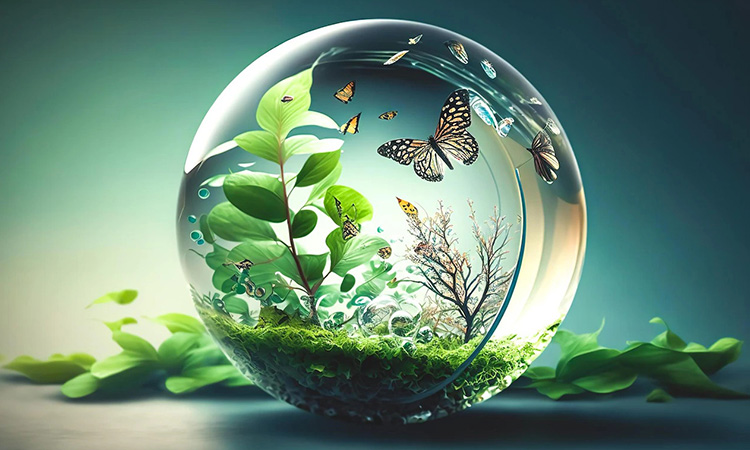Let’s think of Earth as a big, beautiful tapestry. The more colors and patterns it have, the more beautiful and unique it becomes. Similarly, biodiversity is the variety of life on our planet. It’s like the different colors and patterns of the tapestry. Biodiversity happens at three main levels: genetic, species, and ecosystem. Let’s break these down in simpler terms.
1. Genetic Diversity
Imagine you have a box of crayons. Every crayon represents a different version of a gene. Some animals or plants might have a wide range of colors (genes), while others might have fewer. This variety in genes is called genetic diversity. It means that within one type of animal or plant, there are many different versions.
Why is it important?
Just like having many crayon colors lets you draw many pictures, having lots of genes means animals and plants can adapt or change to fit their environment better.
2. Species Diversity
Now, imagine a big zoo. The more different types of animals (species) it has, the more diverse it is. Species diversity is the number of different species in one place. A rainforest, for example, has lots of species, from colorful parrots to big jaguars.
Why is it important?
A place with many different species is like a strong team with many skills. If something goes wrong, like a disease, not all animals or plants get affected. The place remains lively and vibrant.
3. Ecosystem Diversity
Think of different “rooms” or “scenes” where animals and plants live: a desert, a forest, a coral reef, and so on. Each of these scenes or habitats is called an ecosystem. Ecosystem diversity means having many different habitats or “rooms” on our planet.
Why is it important?
Each “room” or habitat has its role. Forests give us oxygen, deserts have unique plants, and coral reefs support lots of sea life. If we lose one, it’s like taking away a piece of the puzzle.
Why Should We Care?
- Safety Net: If one type of plant or animal faces problems, others can step in and keep the environment healthy.
- Better Choices: More types of plants mean more options for food, medicine, and other things we need.
- Balance: Each living thing plays a part in nature. The more variety we have, the more balanced our world is.
In short, biodiversity is the variety of life we see around us. It’s like the different colors in a box of crayons, the various animals in a zoo, or the many scenes in a movie. And just like a movie is better with many exciting scenes, our planet is better with lots of different life.


